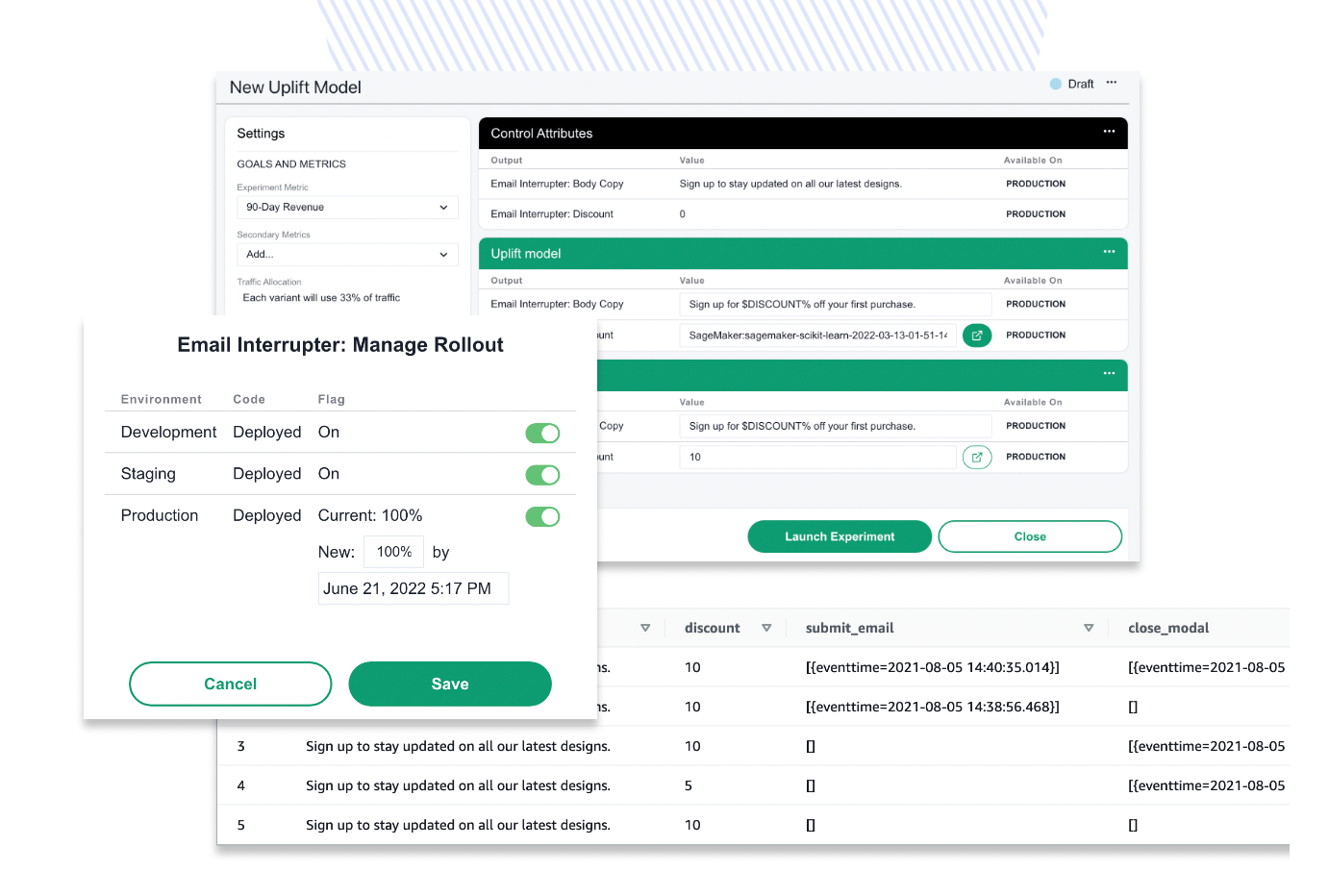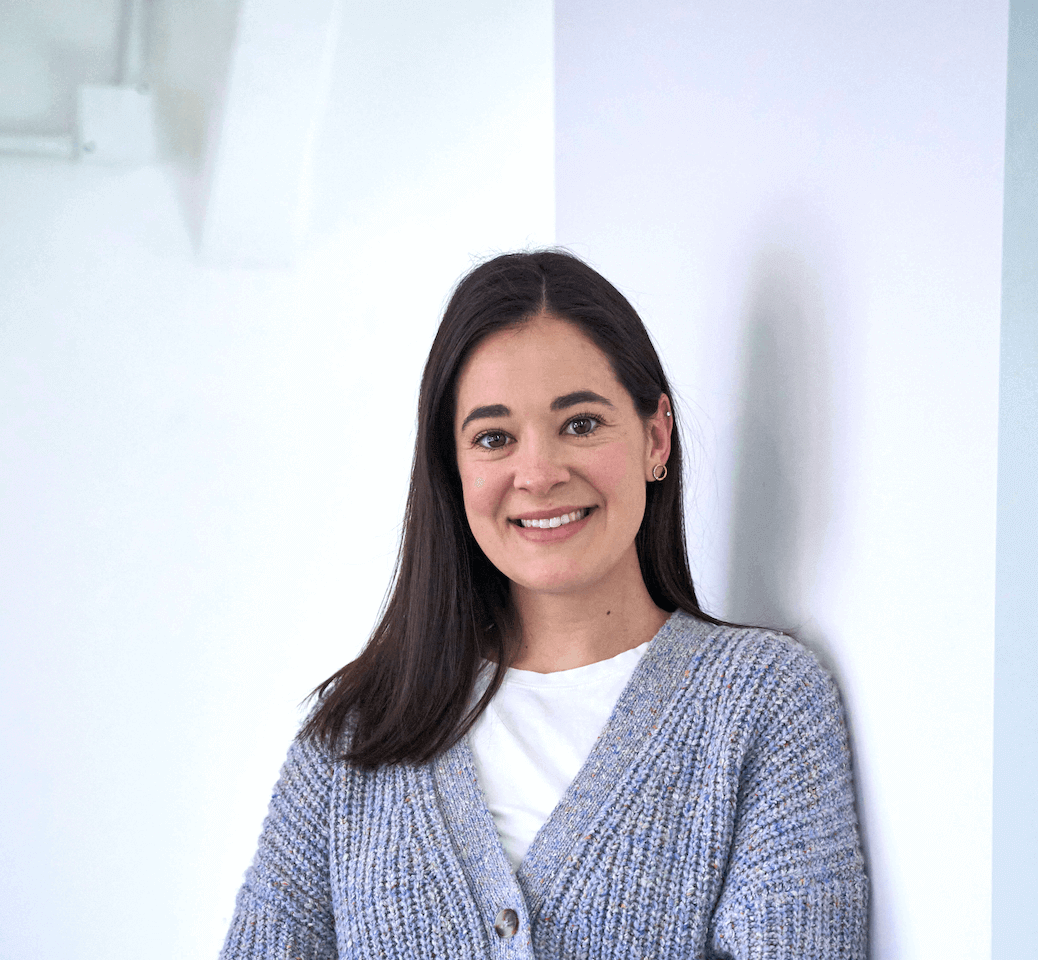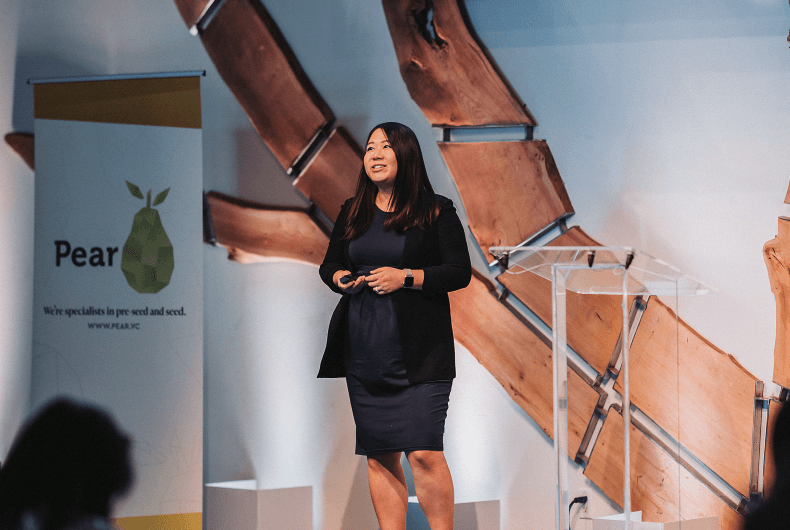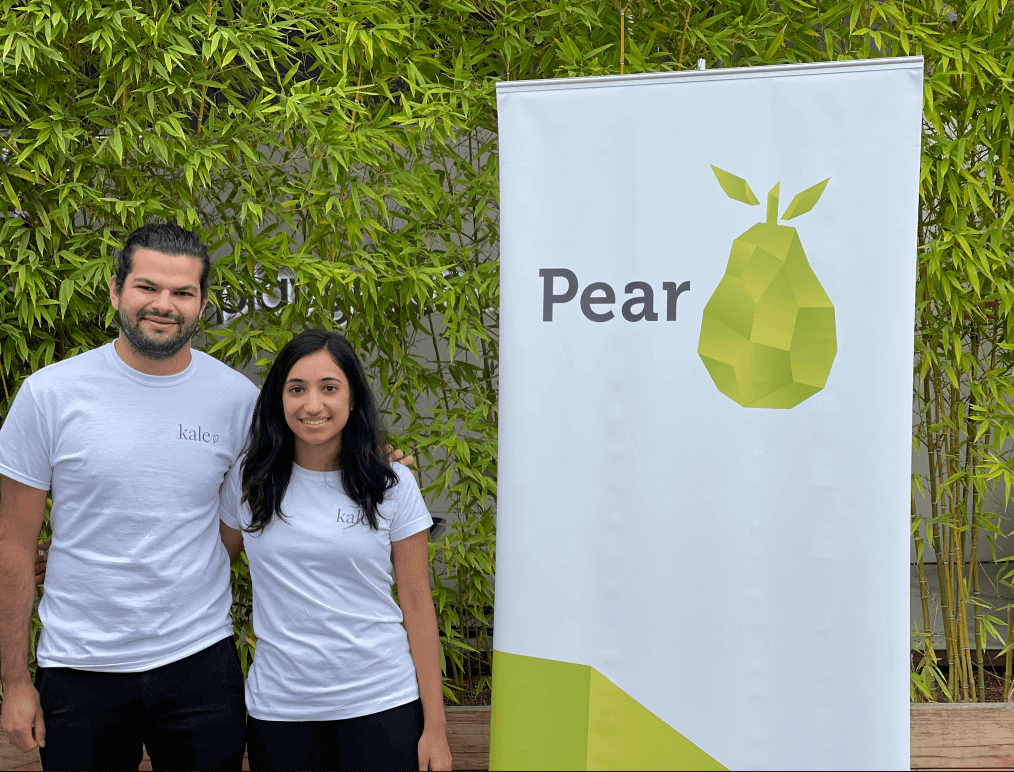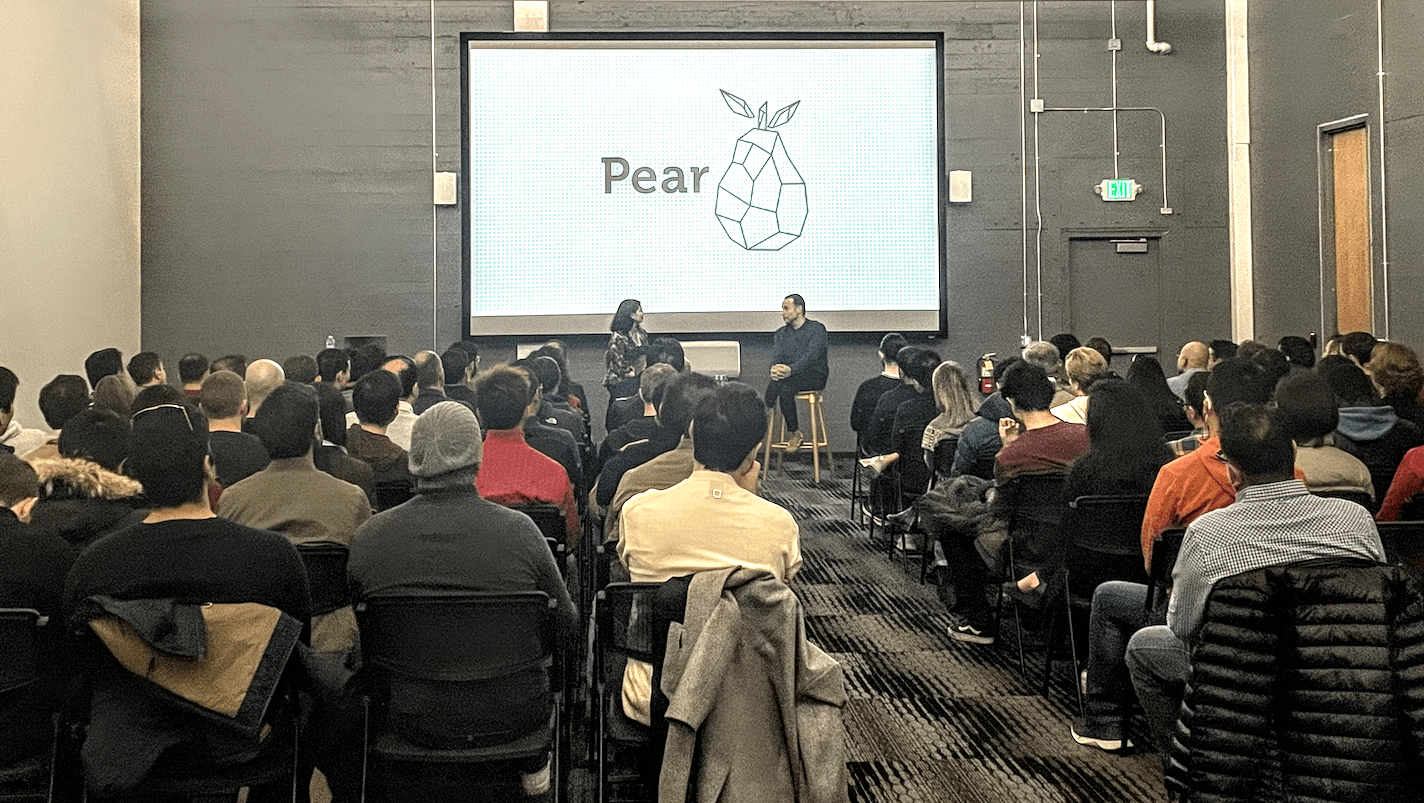Throughout Women’s History Month, we’re delighted to share some of the remarkable female founders at Pear. We’re dedicated to supporting diverse entrepreneurs and are proud that 41% (and growing!) of our investments are in companies with at least one female founder! This is a truly remarkable statistic in our industry, and we take immense pride in it.
Throughout March, we’ll be featuring Q&As with some of these inspiring entrepreneurs. In this series, you’ll hear from them about their experiences in founding burgeoning startups and how they’re collaborating with Pear to turn their visions into reality.
This week, we’re excited to share this Q&A between Jill and Causal Labs Co-founder Christina Pawlikowski. In this week’s installment of our series, I’m excited to share more on Christina’s career path and journey building Causal from the ground up.
Tell us a little bit about Causal and what problem you’re tackling.
I’m a product person: prior to co-founding Causal I worked at TripAdvisor and Circle. My co-founders are also TripAdvisor alums. We are building Causal to solve some of the most frustrating problems we’ve experienced while building software: crappy, messy data generated by tracking code that’s difficult to maintain, code that’s so full of old ideas and branches that adding to it feels like a nightmare, and a general feeling that all the work we were doing to optimize our products might be adding up to nothing.
We’ve built what we wished we’d had at Tripadvisor: a system that lets you collect accurate product data, write maintainable code, and focus your efforts on building products that really drive your business forward.
We are building Causal to solve some of the most frustrating problems we’ve experienced while building software.
What inspired you to start your own company, and what were some of the initial challenges you faced? What keeps you motivated?
I was led to start a company in part because I missed working with my co-founders Jeff and Alex, who I’d worked with at Tripadvisor. I loved the team we built together at TripAdvisor and felt like we could build another great team. And it was also in part that I’d gotten a taste of startup life at Circle and loved it. I wanted a chance to build my own startup from the ground up.
How did you go about securing funding for your startup and how did you evaluate potential VC partners? What advice would you give to other entrepreneurs (especially other women) looking to raise capital?
The truth is we had a meticulous plan that did not hold up to the chaotic funding markets of May and June of last year. Ultimately, we pitched 50 VCs over four months to find a lead investor. It was worth the effort, though. We’re backed by an amazing group of investors who really understand what we’re building.
My advice to entrepreneurs who are evaluating investors is:
- Look for people who understand your market already. It’s hard to take someone from zero to one in a couple of meetings. The conversations were so much deeper and more detailed with investors who understood the problems we were trying to solve.
- Ask for references and do your best to find backdoor references. When you get a hold of these references, ask them where the VC shines—when is that investor the founder’s first phone call? Ask how often they speak, where their advice is particularly wise, and what other kinds of support they’ve gotten from the firm. Standard customer discovery rules apply: be specific, ignore hypotheticals, and ask for examples from the recent past.
- In talking with the fund itself, do your best to understand the fund’s structure and how that’s going to impact your experience. Will they take a board seat? Do they follow on? How many other portfolio companies does your partner work with day-to-day? Will other partners pitch in to help you? How does the rest of the firm help support you?
My advice for fundraising is generally:
- Get comfortable with hearing “no.” Most investors are going to say no, it’s just the nature of the game. Sometimes it’s about you, and sometimes it’s about something totally different—where they are in their fund, or what they’re interested in working on for the next decade, or even just whether you caught them on a bad day. You only need a few investors to believe.
- Start building a community around yourself now. So many people came through for us in the end—with intros, with pitch practice, with angel checks. We spent years building those relationships, and I doubt we would have been able to raise without them.
- For women, specifically (for any underrepresented founder, honestly): I found it best not to dwell on the statistics. It’s like watching Jaws before you go to the beach—it’ll ruin the experience. You have to believe that you belong in the room, because you do. Any investor who disagrees simply because of who you are sucks and isn’t worthy of a spot on your cap table.
You have to believe that you belong in the room, because you do.
What role has mentorship and/or community played in your personal and professional development, and how have you sought out mentorship throughout your journey?
They’ve both been hugely important to me. The best advice I got when I was leaving TripAdvisor was to find a community of peers in product that I could talk to, because you really give that up when you leave a big company for a startup. I’ve been a part of a group of product leaders in Boston that has been meeting every couple months for years, and it’s an amazingly helpful community.
The same goes with mentorship. I’ve had a bunch of truly great mentors during my career, one of whom I persuaded to come on as an advisor to Causal. I know it can feel intimidating to seek out mentors, but I think the place to start is to find someone smart, who you respect, and ask their advice. Follow their advice and report back. Then see where it goes from there.
I know it can feel intimidating to seek out mentors, but I think the place to start is to find someone smart, who you respect, and ask their advice.
What are you most proud of in your journey building Causal?
It’s a tie between the product and the team for me. I love working with Jeff and Alex, and I’m so excited about the folks we’ve added to the team this year. I also love what we’ve built and seeing it in action with customers has been such a joy.
What advice would you give to aspiring entrepreneurs (especially women!) who are just starting out on their own journeys?
Do it! But: on your terms, when you’re ready. I love being a founder, but I’m so glad I spent time learning how to do product management from great teams and great bosses first. That foundation has been helpful to me, and I don’t regret delaying becoming a founder to get it. Figure out what kind of foundation you want and need, and go from there.
Finally, what’s next for Causal and why are you excited about your space and your team?
The next two big things for us are:
- Growing the team (join us—we’re building a team of talented, funny, candid, curious folks who live in the Boston area)
- Bringing on our next few design partners (to wit: if you need to run A/B tests and you’re struggling to collect accurate data, keep your codebase in check, and evaluate experiments accurately, we’d love to talk with you)
I’m excited about our space for two reasons. First, I love the customers we get to serve: product and engineering teams. Second, we’re working on democratizing access to techniques we know work at very large, sophisticated tech companies and I love giving our customers access to tools we know are going to help them. For example, this year we’re building out our causal inference capabilities, which help you understand which leading indicators really drive your business. Without access to an advanced ML team, companies are limited to error-prone, time-consuming guesswork. Causal gives companies this superpower just through running A/B tests.
Thank you so much, Christina. We are thrilled to be partners and cannot wait to see where Causal goes next. Thank you for tuning into our blog series throughout Women’s History Month. We’ve loved sharing stories from our incredible female founders and celebrating their achievements in entrepreneurship. If you missed it, please check out our profiles on Bella Liu of Orby AI, Isha Patel of Kale, and Marisa Reddy and Shelby Breger of Conduit Tech.
